BACK TO WEATHER-BLOG MENU
New! Fine Art Prints & digital images for sale-
Welsh Weather & Dyfi Valley landscapes Slide-Library - Click HERE
It's November 4th and a while since the last update due to the relative lack of spectacular weather over here, although it's been very wet. During my annual field-trip with Cardiff University third-year geology undergrads early last month we got caught in prolonged rain so heavy that the students were verging on mutiny at one point!
The weather has not been the dominating factor of late, though: the people of Machynlleth have been shaken to their core by the disappearance of young April Jones. This deeply, indescribably shocking event did show to the outside world what a close community we are here, though, with hundreds turning out to help with the search effort, in often appalling weather conditions, in whatever way they best could.
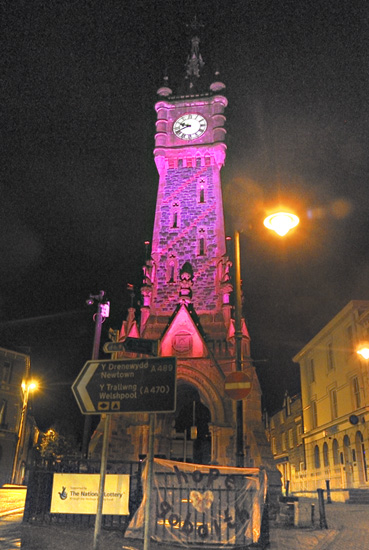 Having extensive databases on
the old metal
mines of Wales, I ended up helping to facilitate the South & Mid
Wales Cave Rescue team with their tasks. Although the databases were
originally commissioned in a joint venture between CCW and the National
Museum of Wales for minesite geoconservation purposes, they were found
to be very useful for an organisation formed well before the onset of
digital maps and actually in the process of digitising location data. I
watched as the mine location data from an old Excel file, imported from
my memory stick,
popped up on a GIS map, the software having done the job in moments.
Things have moved on a bit since the
mid 1990s when the original work was done (on a Windows 3.1 system, if
anyone can remember those).
Having extensive databases on
the old metal
mines of Wales, I ended up helping to facilitate the South & Mid
Wales Cave Rescue team with their tasks. Although the databases were
originally commissioned in a joint venture between CCW and the National
Museum of Wales for minesite geoconservation purposes, they were found
to be very useful for an organisation formed well before the onset of
digital maps and actually in the process of digitising location data. I
watched as the mine location data from an old Excel file, imported from
my memory stick,
popped up on a GIS map, the software having done the job in moments.
Things have moved on a bit since the
mid 1990s when the original work was done (on a Windows 3.1 system, if
anyone can remember those).On the night of October 22nd the Clocktower was floodlit in pink (left) as hundreds of people quietly gathered together in a show of solidarity in the face of this sadness. It's been weird in town, with dozens of police officers and, in the first two weeks especially, the place crawling with the media. One we can never be too thankful for; the latter I felt were quite intrusive at times and I was not entirely alone in wishing they would consider leaving people be, to get on with things, especially the incredibly hard-working search-teams.
Onto the images I managed to scratch together for this post. October marks the start of the night-fishing season as the whiting, dabs and occasional codling move into casting range once it has gotten dark. With the game-fishing season over on the Dyfi, some regulars change over to sea-fishing and we've managed to get a few sessions in despite the unsettled weather. The shot below shows some unusual solar optical effects at Ynyslas...
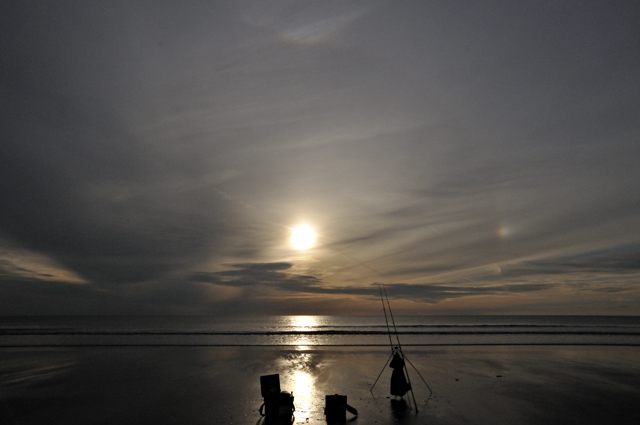
The sunset that day was followed by a vivid light-pillar...
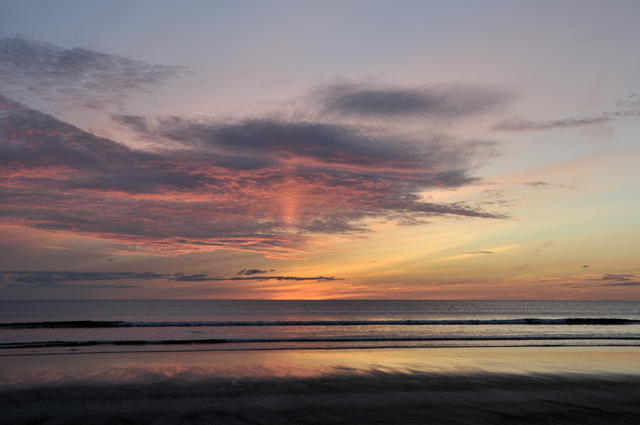
Talking of optics, on September 29th a small group of us gathered at Frongoch boatyard on the Dyfi Estuary for what was termed the "Estuary Lab" - an experimental mixture of arts, history and geology/geography/ecology. I gave a running commentary on the evolution of the local landscape, starting 440 million years ago when Wales was a marine basin situated on the margin of a microcontinent just off the northern edge of Gondwana, a large continent straddling the South Pole. George Monbiot gave a reading from his forthcoming book on rewilding - this is going to get much lively discussion going! - and various themes emerged in the afternoon, one of which, the legend of Cantre'r Gwaelod, inspired much creativity. Later in the day as the tide ebbed, a beautiful burst of crepuscular rays caught everyone's eye...

...while from somewhere someone produced a coracle which Jane Lloyd Francis seemed to have quickly mastered (there's a knack to it) - moments later it capsized!
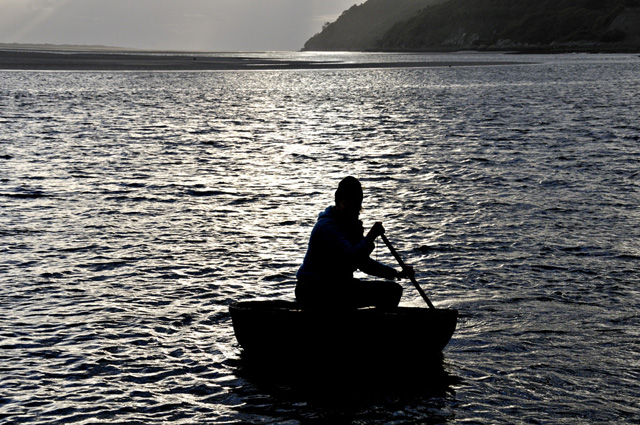
On another evening we descended on Tywyn beach, bagging up on whiting once the sun had gone down. That itself was quite a sight with more crepuscular rays lighting up the cloud-deck above...

...after the sun had gone below the horizon they seemed even brighter.

Before some shots of storminess I just want to update on my anti-slug experiments with seaweed-mulching. It has been perfect slug-weather with lots of rain: however, these broccoli seem to be benefiting from the treatment....
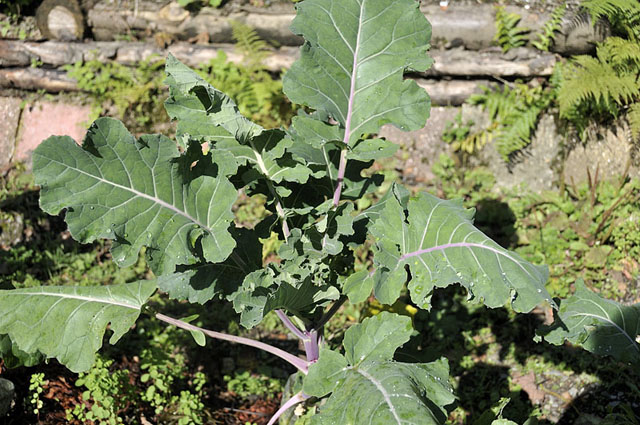
..but look at this adjacent row of unmulched pak-choi! This was taken on October 12th and then the damaged leaves were cut away and the plants given their own seaweed-mulch.....
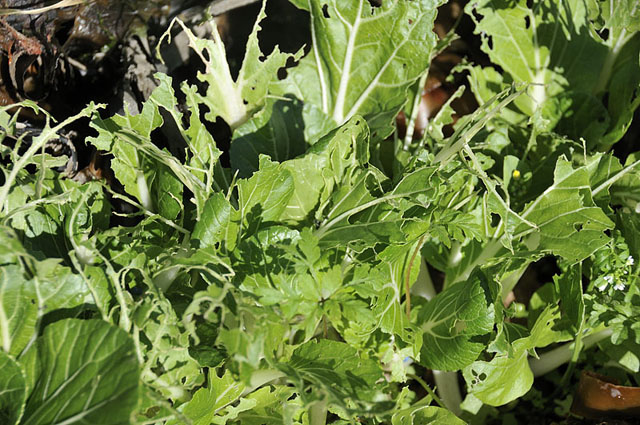
....and these are the same plants on November 2nd! OK there is some damage still occurring (and I have eaten some myself) but they have grown back pretty powerfully. Some transplanted thinnings can be seen to the R but even they are starting to make progress. I do not claim seaweed-mulching to be 100% effective against slugs but I would rate it, by current results, as 75% effective, which is better than crops being 75% eaten!!
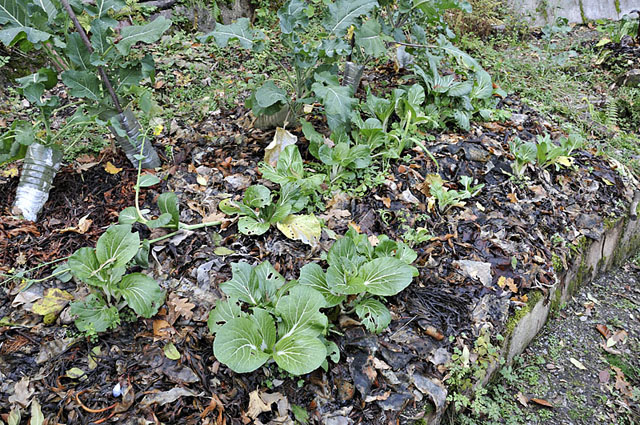
Onto a few storms. October 17th saw an unstable SW airflow across Wales. Not only that, low pressure combining with long-fetch winds and a spring tide had brought storm-surge conditions along the Welsh coast with EA warnings out for coastal flooding. I decided to head to Aberdyfi to catch high water, but had to stop at the bridge to get some shots of this huge cumulonimbus dominating the southern sky, despite the poor light (it was blocking the morning sun).....
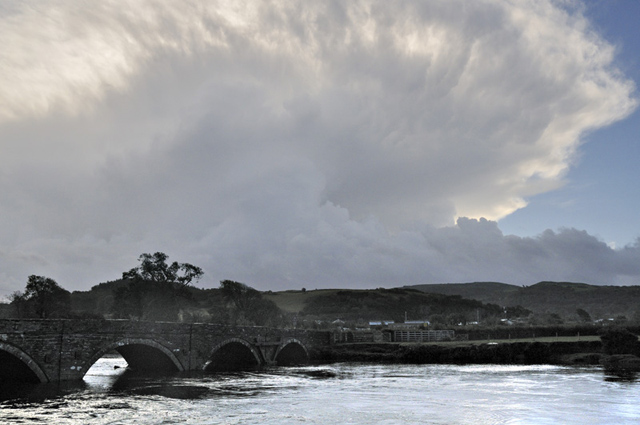
...here's another. I didn't have the ultrawide with me unfortunately!

At Aberdyfi, the tide was indeed a massive one....
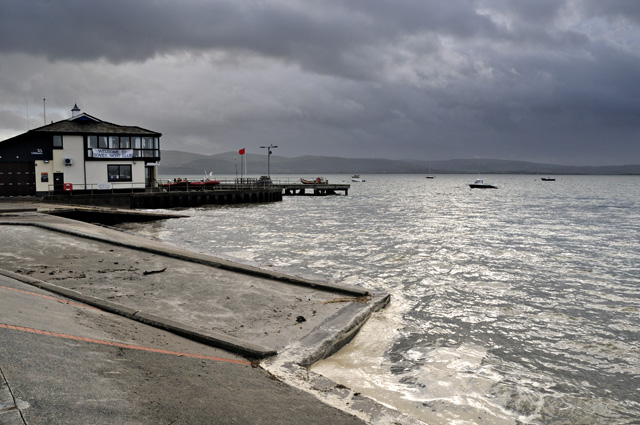
...here's a shot looking back up the Estuary...

It wasn't far off the road - another couple of feet and extensive flooding would have occurred.
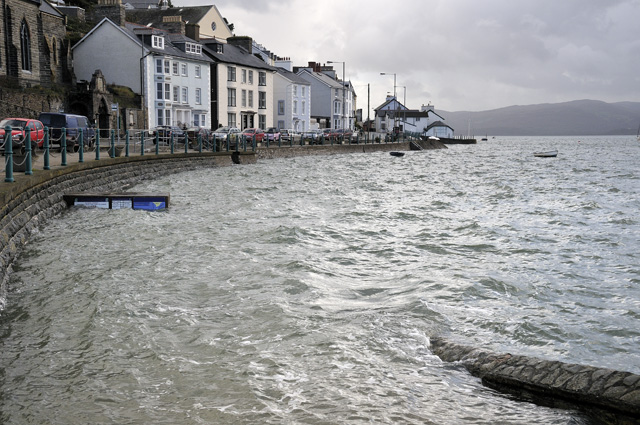
I thought this zoom-in was quite amusing!
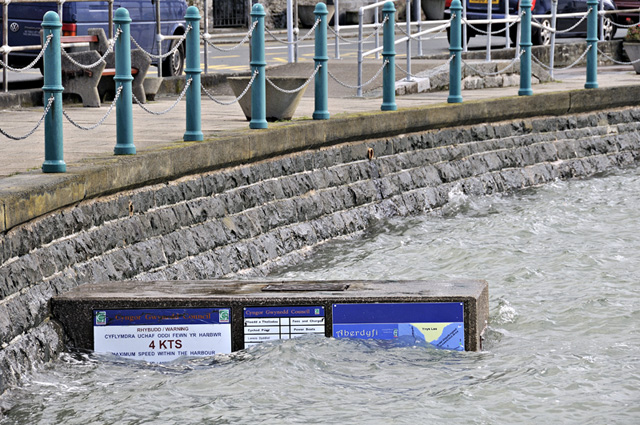
Seaward, skies were darkening with the solid anvil of another storm moving up from the SW...

...I nipped up to a vantage-point above the town to catch it as it passed, although it was soon obscured by other incoming cloud-banks; despite waiting here awhile this was the best view I had....
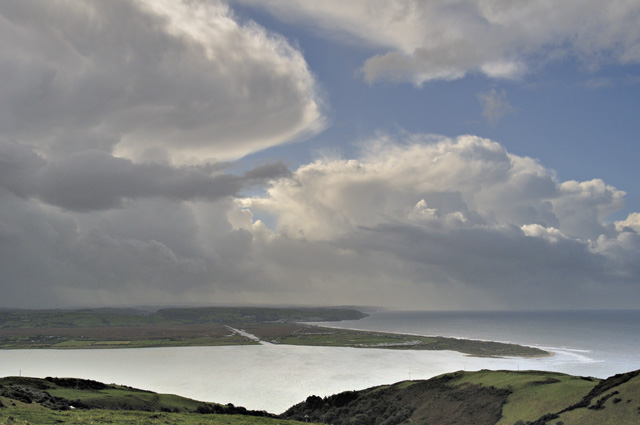
Another big storm was moving across the mountains to the south when I got back to Machynlleth, so I continued for an intercept, but in photogenic terms it was a messy affair, although it gave several good rumbles of thunder.
November 3rd saw the third of three days of convective instability that had given thunderstorms in places and late in the morning an interesting bow-shaped heavy radar echo appeared off the N Pembrokeshire coast. Persisting for over half an hour, and heading this way, I guessed it might sport a decent gust-front so went down to Borth for a look. It certainly had a gust-front and shelf-cloud but the storm rained/hailed itself out and the resulting outflow surged off eastwards, missing me - I suspect this would have looked good at Aberystwyth, several miles to my south, as it made landfall. Ten out of ten for forecast, nought out of ten for location!

Strong deep-layer shear was very evident, with the anvil-tops of the cells streaming off rapidly downwind in the high winds just below the Tropopause: within minutes the end of this anvil was out-of-frame....
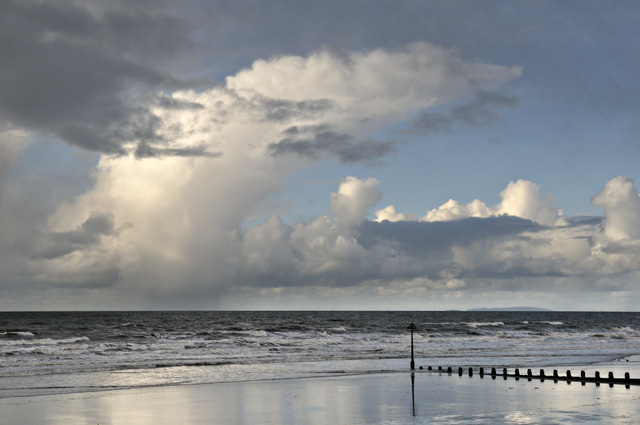
To the SW, further developing cells were moving towards me. These looked interesting enough to hang around and wait for their arrival...
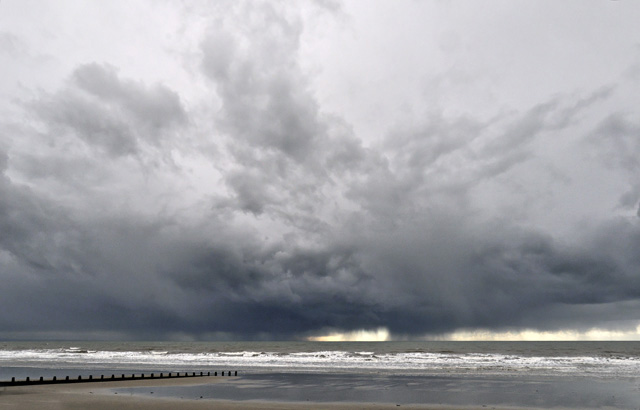
Here's a zoom-in of the streaks of falling hail in the distance...
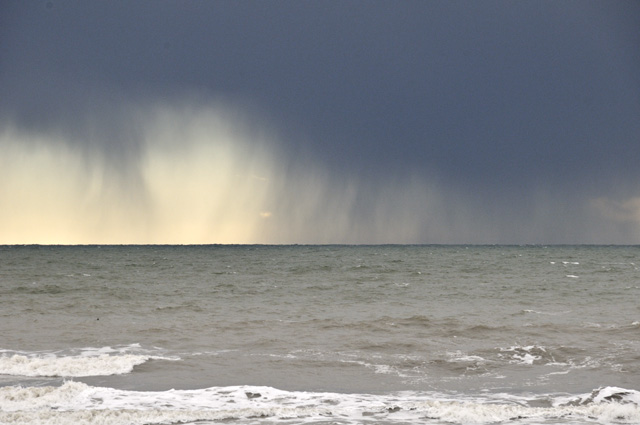
...and this is a little while later with it getting up close and personal! On my radio, tuned into Radio 4 on AM, the hail-static started up with a popping sound that then sped up, changing to a high-pitched buzzing whine that got louder and louder until my vantage-point was lashed with hailstones, the jeep rocking in the squally winds. I was only on the edge of what was turning into a very heavy hailstorm just to my N and NW - I was surprised that it produced no lightning strikes. "Hail-scream" as stormchasers call it, is an eerie form of static radio-noise that makes one feel increasingly uneasy: it feels as though something really dangerous like a positively-charged superbolt is about to occur - although it is the static-field generated by the falling hail and nothing more sinister than that. I've heard the phenomenon on many occasions both with and without lightning.

On the night of October 29th, we fished in calm and mild conditions and after catching last orders at the pub, I settled down at home to track online the landfall of the unusual superstorm, Sandy. The storm made landfall on the New Jersey coast after executing a northwestwards turn - forced by atmospheric circulation patterns. At this point it was transitioning from a barotropic storm - a storm fed entirely from the heat content of the sea - to a baroclinic storm - a storm powered by the differing temperatures of contrasting airmasses. All tropical storms are barotropic in nature while all storms that form at high latitudes are baroclinic. Sandy became a hybrid, sharing the properties of both - very strong winds driving a huge storm-surge and lots of rain from the tropical air and a massively expanded windfield compared to most hurricanes, so that it contained a phenomenal amount of energy and its storm-surge occurred over a wide area. Worst affected was the New Jersey coast, with many houses damaged or destroyed: the image below is fairly typical...
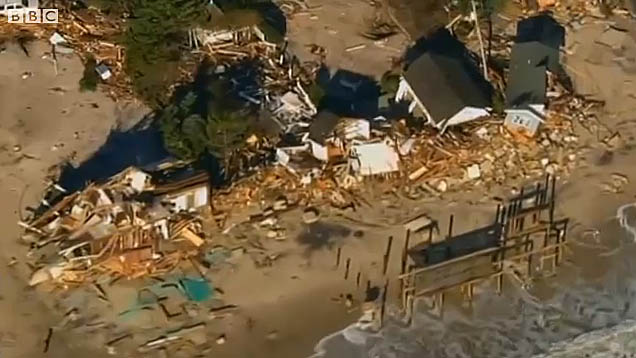
In one monitor-window, I was watching live streaming video from storm-chasers out recording the surge as it happened. In others there were various Blogosphere discussions, including a thread on the climate-denial website Watts Up With That, where a guy was busy loudly denying that there was a storm-surge occurring. I could click back-and-forth from "nothing going on, it's all warmist media hype" to live footage of waves running across an Interstate as power-flashes lit up the sky. It was the most surreal experience I have ever had in the Climate Wars. I left a fairly withering comment on there but it never made it through moderation - realism is, it seems, regarded as off-topic at WUWT!
Talking of which, we have put together lots of material on Sandy at Skeptical Science and there will be more to come in the weeks that follow.
The last photo this time round comes from the Machynlleth Lantern Parade and fireworks, one of the best and well-attended instances of the event for years. I'm a bit of a rookie when it comes to firework photography and couldn't be bothered to lug my tripod along, getting this as a handhold shot with a 30th of a second exposure at ISO 800 and f6.7 (ideally a tripod, ISO 200, f8-16 and exposure on bulb setting with a cable-release) - so as bodges go, it's not bad!

Winter has returned to the high ground in this returning Polar Maritime airflow - Plynlimon had its first dusting of snow of the season yesterday and reportedly the Snowdonia peaks have a good covering. As to the coming weeks? Unsettled looks to be a continuing theme, and quite chilly at times, with the possibility of a northerly outbreak or two, though as to winter itself - we shall see! More soon.
BACK TO WEATHER-BLOG MENU
New! Fine Art Prints & digital images for sale-
Welsh Weather & Dyfi Valley landscapes Slide-Library - Click HERE